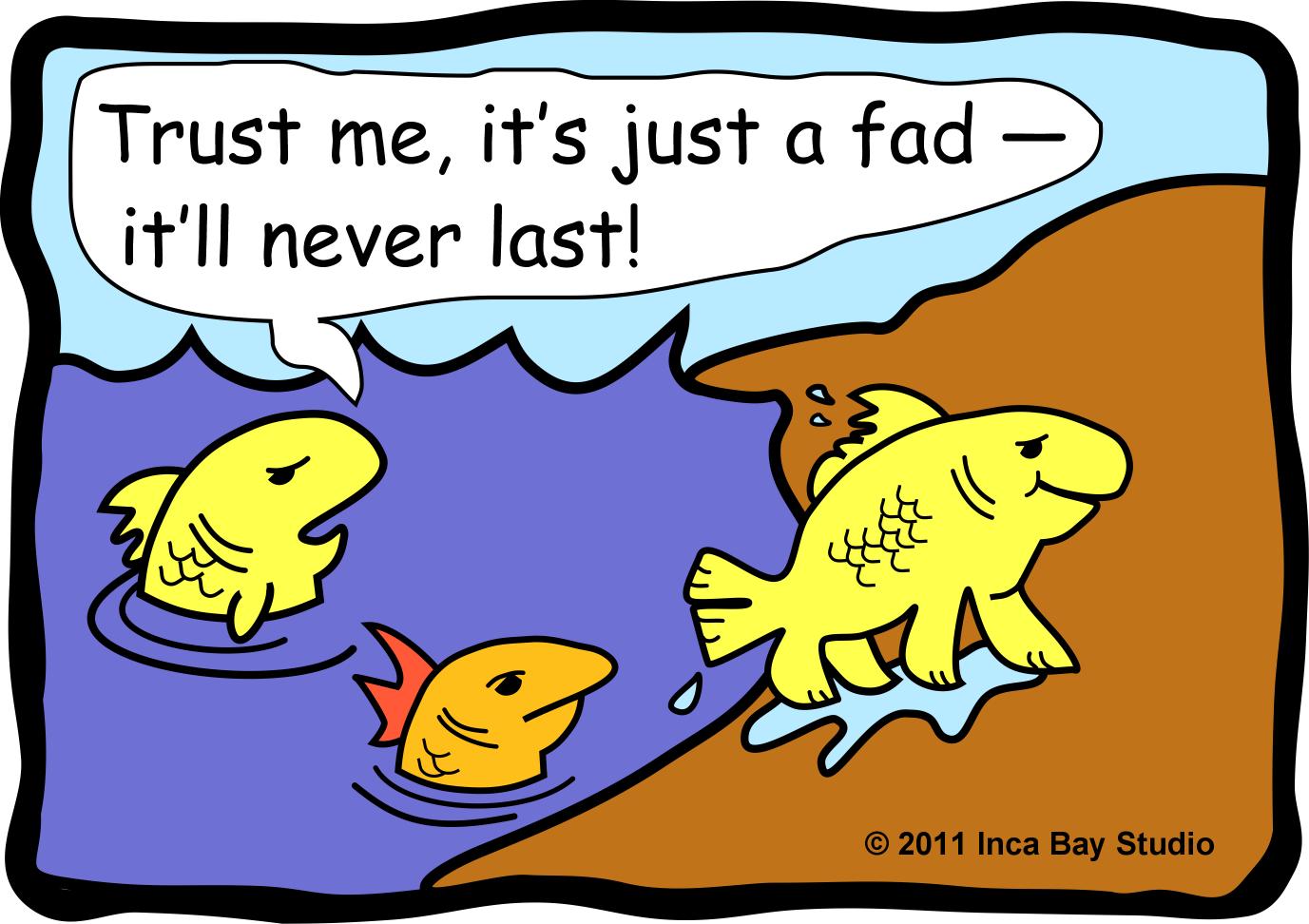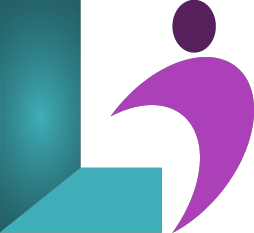Is User Experience a Fad?
01.17.2018
 During student introductions at a recent User Experience Foundations class in Boston, an executive announced, “I’m here to see what this user experience fad is all about.”
During student introductions at a recent User Experience Foundations class in Boston, an executive announced, “I’m here to see what this user experience fad is all about.”
Many fads have come and gone in the business world. Consider Og Mandino’s “The Greatest Salesman in the World” from the late 1960’s and 70’s or Stephen Covey’s “The Seven Habits of Highly Effective People” from the 1990’s. Occasionally, the world is jolted by a new way of thinking about life or business, and it fills a need. It hits a nerve. And, while these books and their perspectives are still valuable today, far fewer businesses are investing thousands of dollars to put their employees through Seven Habits training.
In the late 90’s, I received a call from a company who had done just that, and the owner didn’t feel like his staff returned from the training as “highly effective people.” So, he wanted me to write an application that would email each employee a “Covey Quip” every morning at 9am. Basically, he wanted me to populate a database with hundreds of quotes and sayings from Covey’s book, and email a random selection each morning to motivate and remind his staff to be “highly effective people.” I created the application. Within a week, most employees had created a rule in Outlook that would delete the Covey Quip upon arrival each morning. At least they were highly effective with Outlook, right?
So, was this Boston executive correct about user experience? Is it a fad? If so, is it already fading away? Will User Experience Foundations sit on my shelf of retired classes along with OS/2, Lotus Notes and Flash?
Ten years ago a job search on dice.com using the search phrase “user experience” would have generated few results. Today, it generates more than 60,000 results. The truth is that a few key people (Jakob Nielsen, for example), a few key books (The Design of Everyday Things: Revised and Expanded Edition, for example), and a few key events (introduction of the iPhone in 2007, for example) awakened the business world to the concept of building products that are both easy-to-use AND enjoyable. For a solid ten years or so, the art and science of creating a good user experience was new and compelling, and designers in many fields (but especially digital designers!) could distinguish themselves from the crowd by touting their unique understanding of user experience.
But, guess what? User experience is so central to successful product design in 2018 that it has now become the expected approach to ALL product design. Now, 60,000+ people will be hired with User Experience in their job title because companies have embraced it as a norm, like human resource management or quality control. User-centered design no longer differentiates one designer from another because it is expected! Have all products been redesigned? No! There is much work to be done. But the Millennial Generation, in particular, is not going to tolerate spending their evenings at home, using pleasing and intelligent apps like Instagram, Uber and Airbnb, only to arrive at work the next morning and login to a poorly designed, clunky set of business apps. So, even slow-moving corporate America is working to deliver great user experiences, and they no longer need to be convinced of its value.
Is user experience a fad? No. Fads fade away. The books that spawn them line the shelves of your local Goodwill store. No, user experience has become part of the fabric of product development. Thankfully, it was embraced at a deep and abiding level. Today’s designers and developers have access to toolkits, libraries, style guides, frameworks and resources that make the process of user-centered design much easier than it was ten years ago, and terms like “mental model”, “persona” and “usability testing” are part of standard business vernacular.
If you missed the user experience wave (too busy reading an old Six Sigma book, eh?), do a quick Google search to get enlightened, or consider taking one of our UX classes!
